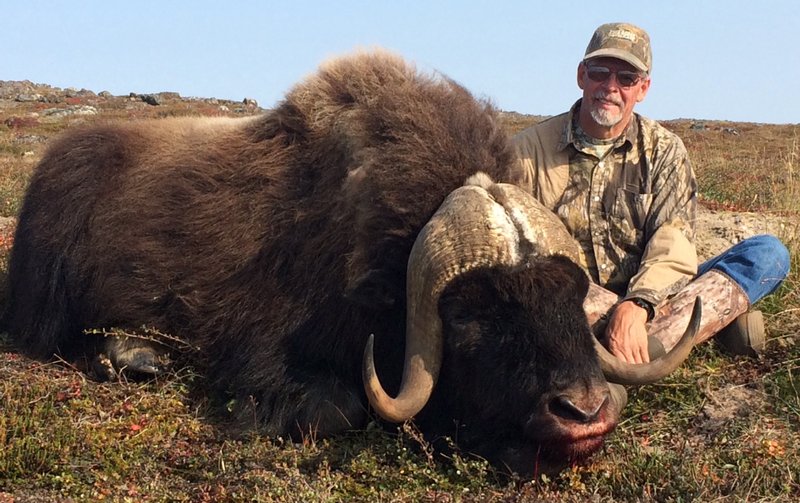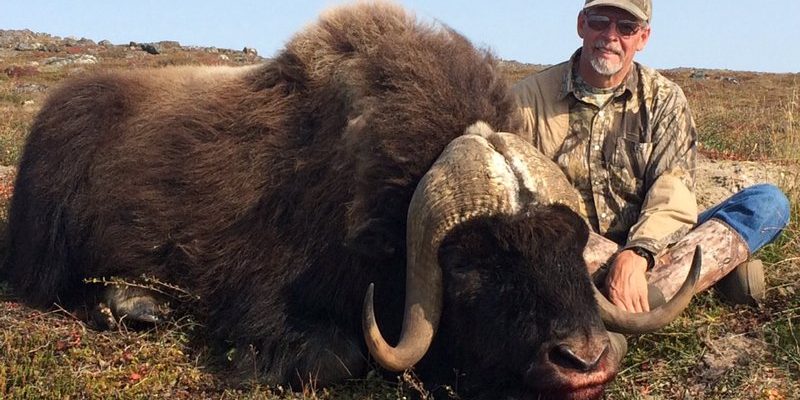
Muskoxen may not be the first animal that comes to mind when you think of wildlife, but their unique adaptations make them a true marvel of nature. These animals have strategies that not only ensure their survival but also play a crucial role in their ecosystem. So, grab your coffee, and let’s explore how these magnificent beasts navigate their icy home and what drives their diets.
What Do Muskoxen Eat?
Muskoxen are herbivores, primarily grazing on a variety of tundra vegetation. Their diet primarily consists of:
- Grasses
- Sedges
- Lichens
- Willows
During the summer months, when the snow melts, muskoxen enjoy fresh green grass and tender shoots. However, in the winter, food becomes scarce. This is where their impressive adaptations kick in. The thick fur and a layer of fat beneath their skin help them withstand the cold while they dig through the snow to reach hidden vegetation. Imagine having a built-in winter coat that also serves as your personal snow shovel!
Let’s break it down a bit. Muskoxen have strong, flat hooves that allow them to navigate snowy terrain with ease. They use these hooves to paw through the snow, revealing the grasses and lichens underneath. It’s almost like they have their own secret stash of snacks buried beneath the surface, and they’re not afraid to put in the work to find it.
How Do Muskoxen Forage?
Foraging for food in the harsh Arctic environment is a skill set all its own for muskoxen. They tend to be social animals, often forming herds, which helps them find food more effectively. In herds, individuals can take turns foraging, so there’s less competition.
The secret to their successful foraging is their ability to communicate and work together. Did you know that muskoxen will often use vocalizations and body language to signal each other? It’s almost like an intricate dance where they work as a team to uncover food sources.
You might picture them as living in a community, where they look out for one another. If one muskox finds a great spot filled with tasty lichens, others will likely follow. This social behavior not only increases their chances of finding food but also strengthens their bonds as a group.
Muskoxen’s Hunting Strategies: A Unique Perspective
Now, here’s the thing: you might be wondering how muskoxen hunt if they’re primarily herbivores. Well, they don’t actually hunt in the traditional sense. Instead, their hunting strategies focus on finding and accessing their food. That said, their behavior can be quite strategic, especially when food is limited.
When facing potential threats, such as predators like wolves, muskoxen have a fascinating defense mechanism. They form a protective circle, with the stronger individuals on the outside and the young and vulnerable ones in the center. This behavior not only protects them but also shows how their survival strategies extend beyond just foraging.
In some situations, you might see muskoxen charging at predators, using their size and strength to fend them off. It’s all part of survival in the wild—when food sources are limited, being able to protect what little you have becomes crucial.
Seasonal Changes and Their Impact on Diet
The tundra environment changes drastically with the seasons, and so does the muskoxen’s diet. In the summer, when plants are abundant, the muskoxen have a diverse menu to choose from. They can nibble on various greens, which helps them build up fat reserves for the winter.
As winter approaches, the landscape transforms into a white wonderland, and many food sources become buried under thick layers of snow. During this time, muskoxen may struggle to find enough food. This seasonality means they depend on the skills developed during warmer months to survive the cold.
Interestingly, while many animals migrate south to escape the harsh winter, muskoxen stay put. They are well-adapted to their environment and have learned to make the best of what’s available, even if it means digging deeper and working harder to get to their food.
The Role of Muskoxen in the Ecosystem
Muskoxen play a crucial role in their ecosystem, and their foraging habits impact the tundra landscape. By grazing on various plants, they help control vegetation growth, which can prevent overpopulation of particular species. This balance is vital for maintaining biodiversity in their habitat.
Moreover, their dung serves as a natural fertilizer, enriching the soil and helping new plants grow. Think of muskoxen as the gardeners of the tundra; their presence encourages a healthy and balanced environment.
Let’s not forget their historical significance, either. Muskoxen have been a source of food and materials for indigenous peoples for centuries, providing meat, fur, and bones for tools. Their presence connects the human story to the land and demonstrates the importance of understanding how species interact within their environments.
Conservation Efforts for Muskoxen
Despite their tough exterior, muskoxen face threats from climate change, habitat loss, and hunting. As temperatures rise, their habitat is under pressure, leading to changes in food availability and increasing competition with other species.
Conservation efforts are essential to ensure these remarkable animals continue to thrive. Organizations are working to protect their habitats and educate communities about the importance of muskoxen in the ecosystem. Every little effort counts, from local conservation programs to international agreements aimed at preserving Arctic wildlife.
Engaging in sustainable practices, like responsible tourism and supporting local conservation initiatives, can make a difference. You can be part of the solution by raising awareness about muskoxen and their role in the Arctic ecosystem.
Muskoxen are truly remarkable creatures that have adapted to the challenges of living in one of the harshest environments on Earth. Their diet and hunting strategies reflect their incredible resilience and ability to thrive despite the odds. From their unique foraging techniques to their social structures, they remind us of the fascinating connections that exist in nature.
As we become more aware of the environmental challenges they face, it’s crucial to support conservation efforts and ensure these extraordinary animals continue to roam the tundra for generations to come. So, next time you think about the Arctic wildlife, remember the muskox—an enduring symbol of strength, community, and survival in the wild.

